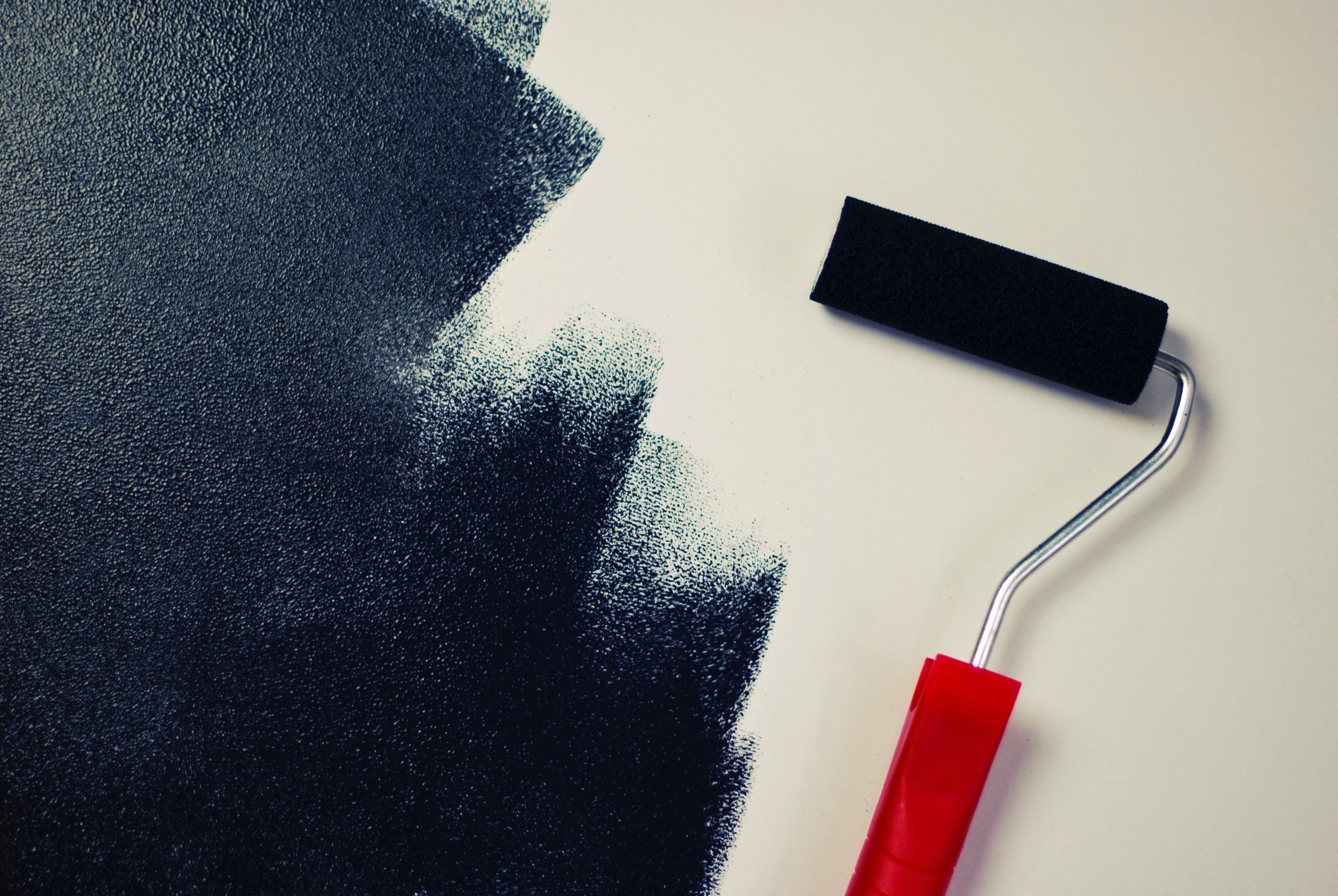Things You Can and Can't Do In A Rental Property
/You’ve moved in to your new rental property and you’re feeling excited about setting up your new home. You may be wondering though, what you can and can’t do in your new home.
If you’re hoping to make a lot of changes to the property, in truth, you’re possibly going to be disappointed. Don’t forget you’re occupying someone else's house so knocking out walls and adding in pools is usually off the cards. But with some great communication, negotiation and permission, you may be able to make some alterations.
What can you do:
The foundation of any query around making changes to a property is to always make contact with your property manager or landlord and outline your ideas and plans. You need to be prepared for this conversation and give a good basis for the purpose of the change.
The landlord is likely to look more favourably on a request that is going to add value to their property.
Repainting, recarpeting and landscaping improvements are efforts that will certainly add value to the property. If you’re willing to pay for these improvements yourself, you may find yourself in an even more agreeable situation.
Updating the fixtures - light fittings, cupboard handles, blinds and curtains are a great way to add a fresh look to a house. Again, you need to chat to your landlord or property manager before making these sorts of changes.
Use plants to add colour and atmosphere to your home. If you’re not digging up the ground, placing plants throughout the house won’t require permission from your landlord.
Again, the key to these things is to speak with your landlord and get permission before you make any alterations to the property.
There are things of course that you just can’t do in a rental property!
Bring in pets without permission. If you lease agreement expressively forbids pets, or if you’ve tried to gain permission to bring in your furry friends and it has been denied, don’t try and sneak your pet in. This is a breach to your lease and could lead to you being required to vacate the premises. If you have a pet or pets, you should be upfront about this from the beginning.
Don’t exceed the maximum number of residents. If your lease agreement specifies the maximum number of occupants for the premises, then this number must be adhered to. Temporary and short term guests do you count towards the occupant number, but you can’t allow someone to reside in the premises on a permanent basis if it will exceed that maximum number.
Don’t damage the property. This may seem like common sense, but you can not intentionally cause damage to the rental property or permit someone else to do so. While things like stained grout, and loose door knobs may be considered normal wear and tear, holes in walls and broken windows are not.
Don’t make unauthorised repairs. If something needs to be repaired in your house, you must contact your property manager or landlord to gain permission for the repairs to be made. Often the landlord or property manager will have a preferred tradesperson for the work and they may also require verification that the repairs have been completed by an authorised person.
Don’t disrupt the peace and quiet of the neighbourhood. Everyone wants to be able to enjoy the atmosphere in their own home and not be disturbed by noise and behaviour of their neighbours. That noise can include loud music, late parties, revving engines or barking dogs.
It’s important to remember that you are living in a house that is owned by someone else, so requesting permission is really important to keep a happy relationship between you and your landlord.




